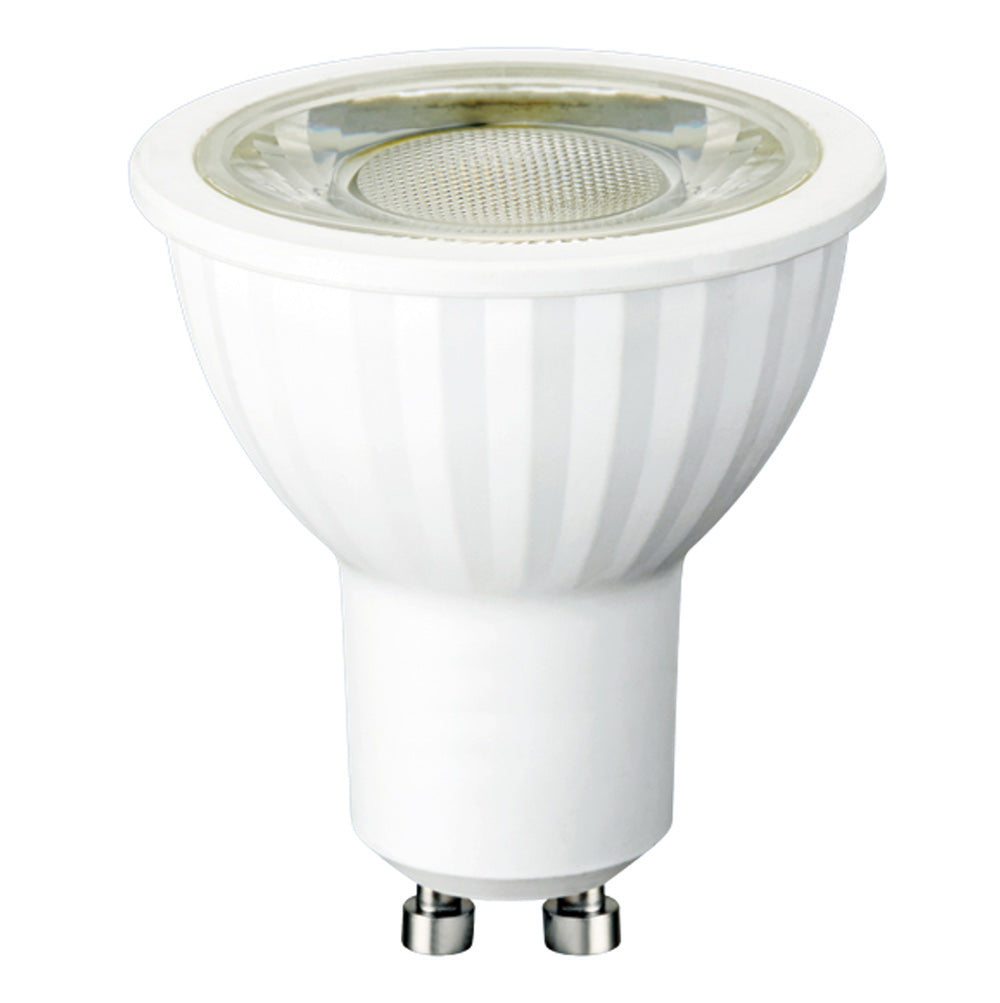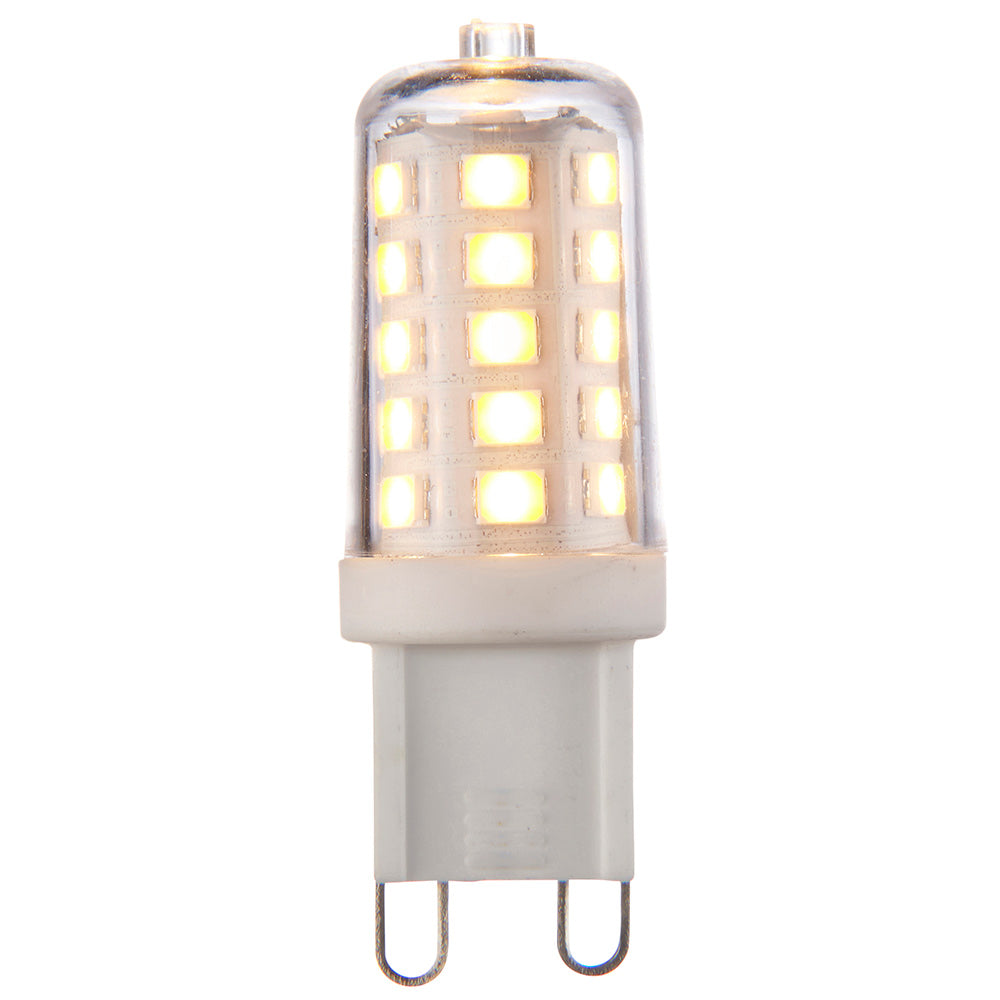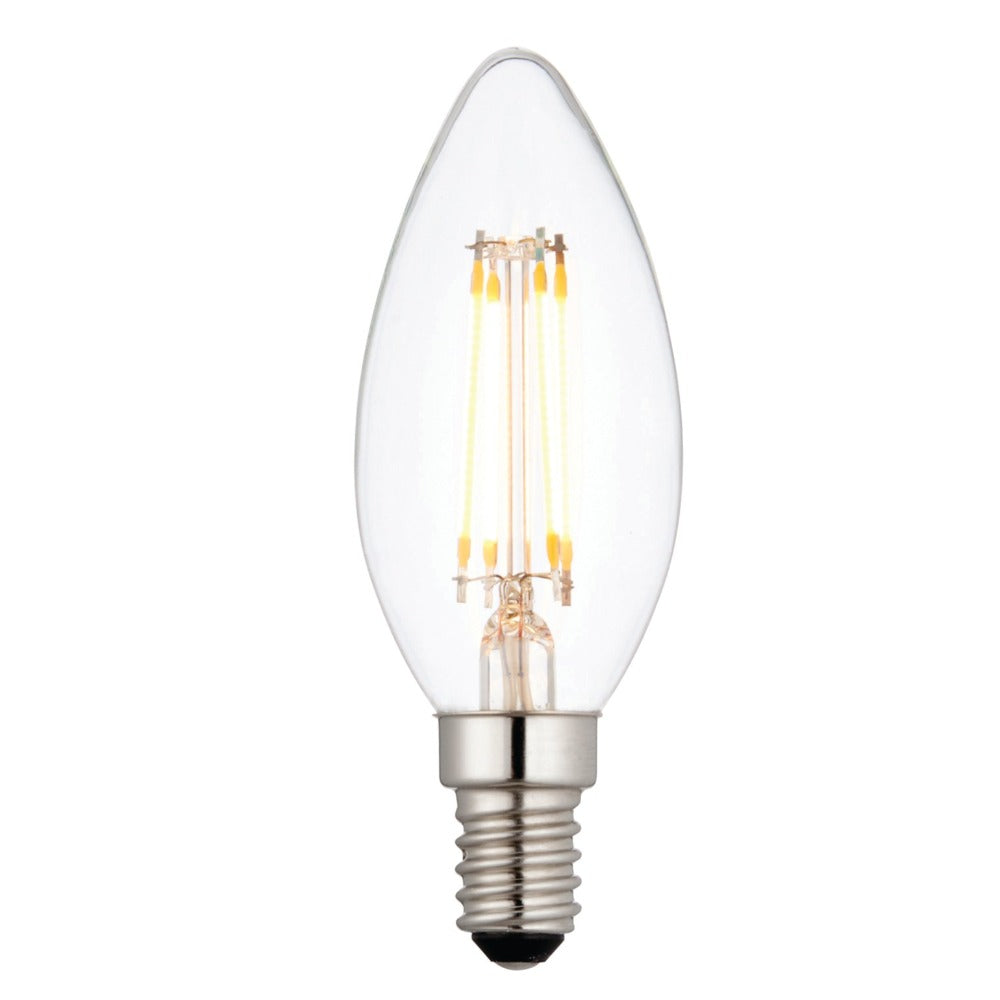If you've recently bought an LED lightbulb and looked at the label, you may have noticed that it now has an energy efficiency rating of D or E rather than the previously reassuring LED energy rating of A++. Don't let this worry you, though, as these types of bulbs are still the most energy efficient choice on the market but the rating system in the UK and throughout Europe has changed. This blog post will explain what these changes are, and it will also help you to know what to look for the next time you need to buy a new LED bulb.
What Are Lumens?
First of all, lets discuss lumens. Lumens measure the total amount of visible light emitted, and they have replaced the traditional wattage ratings that were previously used for incandescent bulbs. For LED bulbs, the lumen rating classifies the brightness of the bulb, so the higher the lumen number, the brighter the light will be. With LED technology, wattage is no longer an accurate way to gauge brightness since LEDs are so much more energy efficient, and two LED bulbs with the same wattage can emit very different amounts of light depending on the bulb's lumen rating. By focusing on lumens instead of watts, you can choose LED bulbs that provide the right amount of brightness while also saving energy.
Why Have the Energy Efficiency Ratings on Labels Changed?
The label changes have been brought in to make it easier for customers to understand how energy-efficient their new bulb will be. The old system classified the energy efficiency from between A+++ to D, and over 80% of products were coming out as being rated as A or above which left little room for improved efficiency or sustainability. The highest rating that can now be achieved is A which gives manufacturers a more targeted set of constraints to work towards.
The new LED energy efficiency rating for bulbs is based on luminous efficacy, which measures how efficiently it produces visible light. Luminous efficacy is the ratio of luminous flux (the power or brightness of light) to the actual power consumed, and for a light bulb to achieve the highest A rating, it must have a luminous efficacy of 210 lumens per watt or more. This means that the bulb emits at least 210 lumens of visible light for every watt of energy it consumes, and the higher the luminous efficacy rating, the more energy-efficient and eco-friendly the light source.

What Can Customers Expect to Find on the New Energy Labels?
The major change in the new energy labels is the regulated form of measurement for energy consumption. This is now standardised at kWh/1000h, which is the power consumption of the bulb. The rainbow coloured LED energy rating scale now runs from A to G instead of A+ to A++ with a D rated bulb classified as 135-160 lumens/watt, which was previously rated as A++. This is where the confusion comes in, as consumers will see a bulb with a D rating and think it is not a good choice. However, very few bulbs are currently rated as higher than D which gives manufacturers something to aim for.
How to Decipher the Packaging for LED Bulbs
On the packaging for LED bulbs, alongside the LED bulb energy rating, there is more information for buyers to understand and consider:
- The wattage, usually between 5W and 15W.
- The energy rating for consumption in kWh.
- The Kelvin is the warmth or coolness of the light. Most LED bulbs come between 2700k to 6000k with 6000k being the coolest.
- The Ra Value which is how much the bulb can produce a lifelike colour. A daylight bulb would have a Ra value of 100.
- A lifetime rating which is how long the bulb would be expected to last. Most brands will have a rating of between 50,000 to 100,000 hours of light.
- The dimming value lets you know whether the bulb can be dimmed or not.
- The beam angle outlines the degree of the light output.
- Outdoor use lets you know whether the bulb is suitable for use outdoors
In conclusion, when it comes to shopping for a new light bulb, it's important to remember that the rating isn't everything. While it may be alarming to see your previous A++ bulb now rated D, don't let that discourage you. The most important factor in choosing a bulb is the wattage. By selecting a bulb with a low wattage, you can continue to save money on your energy bills without sacrificing the quality of your lighting. It's all about finding the right balance between energy efficiency and sufficient illumination for your needs. So, next time you're in the market for a new bulb, don't stress over the rating, just focus on the wattage and you'll be on your way to savings in no time.



